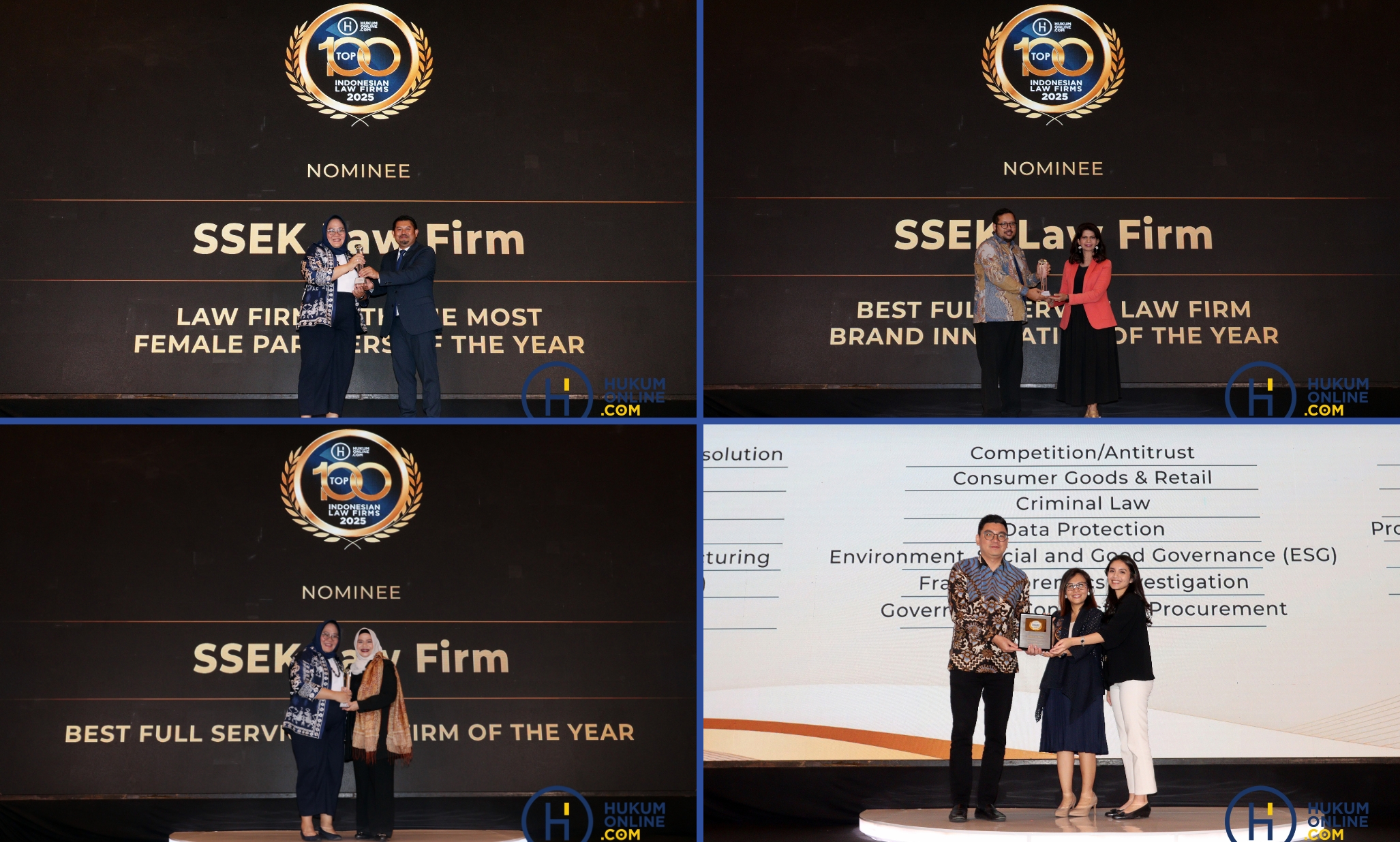

In late December 2015, the Indonesian Financial Services Authority (OJK) issued Regulation No. 32/POJK.04/2015 regarding Rights Issue (New Rights Issue Rule). The New Rights Issue Rule came into effect on December 22, 2015. It integrates provisions concerning rights issues and the form and content of the registration statement for a rights issue. These provisions were previously governed under two separate regulations, i.e. Regulation IX.D.1 and Regulation IX.D.2, both of which are replaced by the New Rights Issue Rule.
There are several notable changes under the New Rights Issue Rule, including:
a. Approval of General Meeting of Shareholders (GMS) is to be secured before the submission of the registration statement to the OJK
Unlike the previous rule, GMS approval for a rights issue must now be obtained before the registration statement is submitted to the OJK. The bright side of this change is that while GMS approval must now be obtained upfront, the company can wait to do the rights issue at a later time.
The New Rights Issue Rule does not prescribe a time limit for a company to submit the registration statement to the OJK from the date of the GMS, but it does set out a deadline for the company to obtain the effective registration statement from the OJK, i.e. 12 months from the date of GMS approval.
From a timeline perspective, the New Rights Issue Rule may cause a longer transaction timetable. However, the 12-month deadline to obtain an effective registration statement provides more flexibility for a company to determine the best time to hold the rights issue itself and this might provide greater flexibility for the fulfillment of conditions precedent in the transaction related to the rights issue (if applicable).
b. More information regarding the standby buyer and/or new controlling shareholder must be disclosed
Concurrently with the submission of the registration statement to the OJK, the company is obligated to announce the required information, including information on the standby buyer and/or new controlling shareholder, on: (i) its website and (ii) a nationally circulated newspaper or the Indonesian Stock Exchange website.
Interestingly, the New Rights Issue Rule requires the disclosure of a lot more information regarding the standby buyer and/or new controlling shareholder. There are at least 12 points of information on the standby buyer and/or new controlling shareholder that must be covered in the company's announcement, including (i) the source of funds used to subscribe for the new shares, (ii) portion of shares that will be subscribed, (iii) important terms of the agreement to purchase the remaining securities or the approval to purchase securities by the standby buyer, and (iv) beneficial owner of the new controlling shareholder (if any).
c. 10 business days to respond to OJK's request for the revision and/or addition of information
OJK can request the company to revise or add information on the registration statement and its supporting documents in order to disclose all material information related to the rights issue. Under the New Rights Issue Rule, the company must respond to OJK's request within 10 business days or the company's registration statement will be cancelled and consequently the company must refile the registration statement.
In addition to fulfilling OJK's request, the company must also announce the concerned revision/additional information within 2 business days after the obtainment of effective registration statement on: (i) the company's website and (ii) a nationally circulated newspaper or the Indonesian Stock Exchange website.
d. Non-cash capital injection is explicitly allowed
Article 9 of the New Rights Issue Rule permits a non-cash capital injection in a rights issue provided that:
1. It is directly related to the fund utilization plan. The explanatory note of this article clarifies that "directly related with the fund utilization plan" means the non-cash capital injection is for the best interest and value of the company. For example, it is in accordance with the company's business plan or the injection of non-cash is directly related to the development of the company's business.
2. The company engages an appraiser to determine the fair value and reasonableness of such non-cash capital injection. Although the above provision pertaining to non-cash capital injection provides greater clarity, seeking guidance from the OJK regarding the planned transaction would be prudent.
Transitional provision
The transitional provision of the New Rights Issue Rule provides that rights issues conducted by public companies that submitted agendas to the OJK for a GMS on rights issue prior to December 22, 2015 are still subject to Regulation IX.D.1. Last, since the New Rights Issue Rule only recently took effect, the close monitoring of how its provisions are implemented is paramount.
For additional reference, in conjunction with the issuance of the New Rights Issue Rule, the OJK issued a new regulation governing the form and content of the prospectus for rights issue (i.e., OJK Regulation No. 33/POJK.04/2015) and other regulations concerning the disclosure of information.
This publication is intended for informational purposes only and does not constitute legal advice. Any reliance on the material contained herein is at the user's own risk. You should contact a lawyer in your jurisdiction if you require legal advice. All SSEK publications are copyrighted and may not be reproduced without the express written consent of SSEK.









